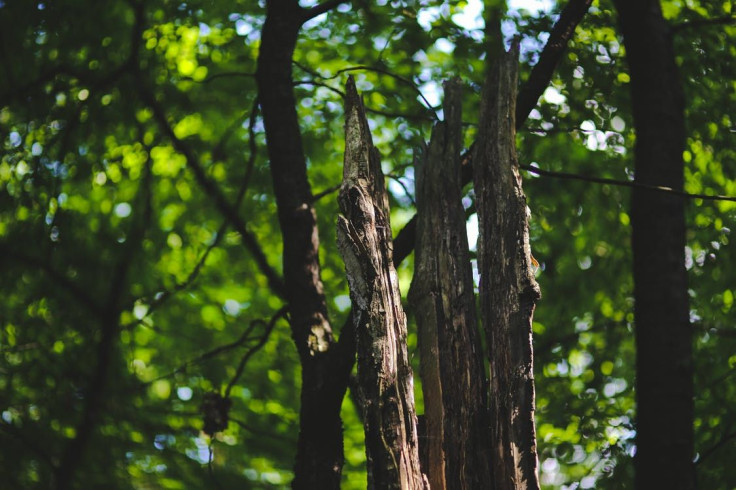Climate Change: More Ghost Forests Haunt The Atlantic Coast At Staggering Rates

Ghost forests are sprouting at a rate faster than anyone could imagine in the Atlantic Coast. Their existence proves that climate change is real, and it is overtaking human efforts to repel it.
The once land area in the Atlantic Coast has turned into marshes where trees could no longer thrive. Marshy areas are too salty and wet that a tree would not be able to survive them.
This was the sight that Matt Kirwan saw when he walked through Maryland’s Blackwater National Refuge. According to a Newsy report, instead of walking on dry land, Kirwan’s boots became squishy with every step in the soggy mud. From full trees with lush leaves, every step simply led him to shorter trees, until eventually there was nothing but bare and pale white color.
The marsh is not the friendliest place for trees to live. When old trees die, one could not expect any replacement. The scenario had Kirwan draw a comparison between ghost forests and receding glaciers. Two of these have become stark reminders of the effects of climate change.
“You can touch it and see it. It’s just as real as a melting glacier,” said Kirwan, describing the devastation that he saw. He also noted that these “ghost forests” have formed at a speedy rate. The percentage of forests that are retreating was estimated to be three times higher as compared to the time prior to the Industrial Revolution.
Unbeknownst to many, one of the significant factors that contribute to the increasing number of created ghost forests is the rise in sea level. When the waters increase, they tend to reduce the elevation that separates the land and the sea. Saltwater then starts to seep into the soils on the shore.
Keryn Gedan, an assistant professor of biology at George Washington University, said that trees don’t like salt. Because of this, ghost forests start appearing. Calamities, like hurricanes, were exacerbated by climate change. These occurrences also bring in more saltwater inland, causing the creation of more marshes.
“When the trees die out, the marsh is going to take over,” stated Matt Hurd, Maryland department of natural Resources regional forester. He added that they simply don’t know how to slow it down.
Despite the enormity of the problem, scientists like Kirwan, and his colleagues are still finding ways to understand better how a lush forest transforms into “ghosts.” It may take a while, but clearly, they are not giving up on finding the answers.
© Copyright IBTimes 2024. All rights reserved.





















